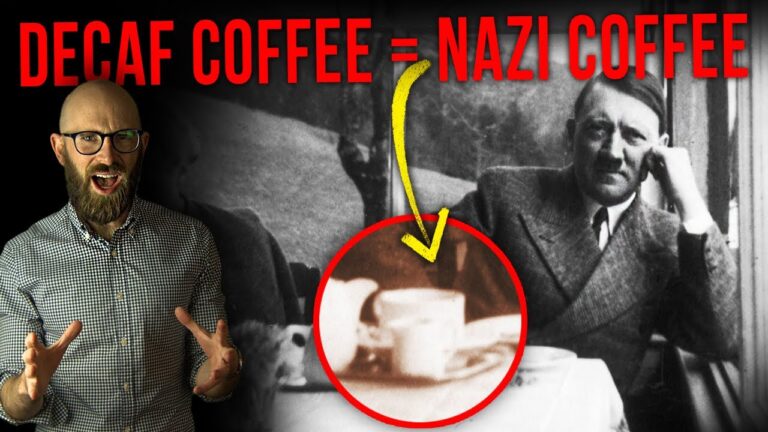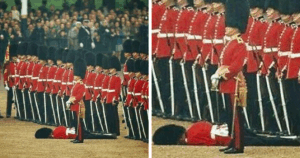“Unveiling the Secrets: How Your Favorite Drinks Lose Their Kick Without Losing Flavor!”
As previously discussed, the traditional method of removing alcohol from wine and beer was simply to boil it off. However, this tended to give the resulting product an unpleasant “cooked” or “burnt” flavour. This problem was largely solved by vacuum distillation, the technique developed in 1908 by German winemaker Carl Jung. The boiling point of liquids is dependent on ambient pressure; the lower the pressure, the lower the temperature needed, which is why water will boil at only 68 degrees Celsius atop Mount Everest as compared to 100 degrees at sea level. In vacuum distillation, the pressure in the still is reduced so that the temperature of the wine never exceeds 48 degrees, helping to preserve its flavour. Of course, many other volatile compounds including ethyl esters and aliphatic alcohols escape along with the ethanol, but these are typically separated out via fractional distillation and re-added to the de-alcoholized wine along with concentrated grape juice, tannins, natural flavours and other compounds to restore the original flavour profile. The primary advantage of vacuum distillation is efficiency, with the process being capable of bringing the alcohol content of wine down to as low as 0.02% in a single pass. The process is also widely used by wineries to make finer adjustments to the alcohol content of regular wines. However, despite measures to capture and restore volatile flavour compounds, some losses are inevitable, which is why more sophisticated de-alcoholization processes are increasingly being used to satisfy customers’ discerning palates.












